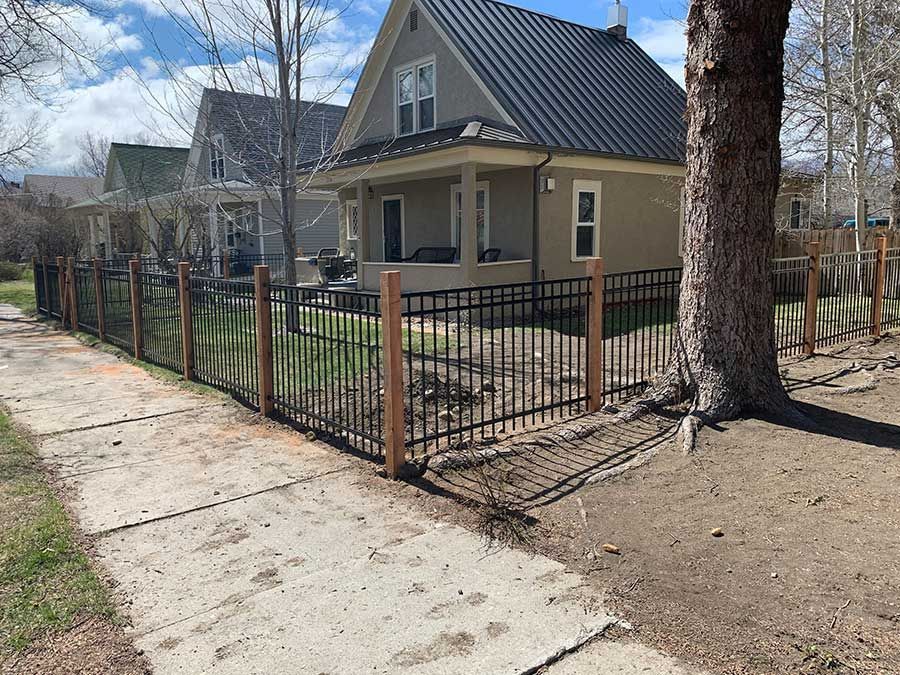Installing continuous panel fencing can be easy—if you steer clear of these common mistakes.
1. Not Preparing the Site Properly
Proper site preparation is essential for a smooth installation. Skipping this step can lead to uneven fencing and long-term issues. Common mistakes include:
- Failing to clear debris and vegetation from the site.
- Not leveling the ground properly before installation.
- Ignoring soil testing to ensure stable post placement.
Tip: Don’t rush the site preparation; a little extra time spent here will save you trouble in the long run.
2. Measurement Errors
Accurate measurements are the foundation of a successful fence installation. Errors here can lead to wasted materials and uneven sections. Key issues include:
- Not measuring the entire perimeter of the fence line.
- Failing to account for gates and access points.
- Misjudging panel spacing or post placement.
Tip: Always verify your measurements and develop a comprehensive plan before proceeding.
3. Choosing Cheap Materials
It’s tempting to save money by opting for cheaper materials, but this can backfire with higher long-term costs for repairs and replacements. Here’s what to avoid:
- Using untreated or low-grade metal panels prone to rust.
- Choosing subpar hardware that weakens over time.
- Opting for cheaper finishes that don’t withstand harsh weather.
Tip: Invest in high-quality, durable materials for a fence that lasts.

4. Ignoring Local Regulations
There are local rules for fencing that must be followed. Ignoring them can lead to fines or the need to take down your fence. Here’s what to watch for:
- Failing to check zoning laws and property boundaries.
- Skipping permit applications where required.
- Violating height restrictions or setback requirements.
Tip: Consult local authorities or hire a professional familiar with the regulations in your area.
5. Tips for a Successful Installation
Here are a few tips to help you avoid common installation mistakes and ensure a successful project:
- Plan Ahead: Prepare a detailed plan for installation, covering every detail from measurements to materials.
- Use the Right Tools: Having the right tools is essential—be sure to have post-hole diggers, a level, and a drill ready.
- Work with Professionals: If you’re unsure about any step, consult experienced installers to guide you through the process.
- Inspect as You Go: Regularly check your progress to catch errors early and make adjustments as needed.
In Conclusion
By steering clear of these mistakes and following best practices, you can install a fence that lasts and enhances your property. Need assistance? Contact Montana Fence for expert advice.